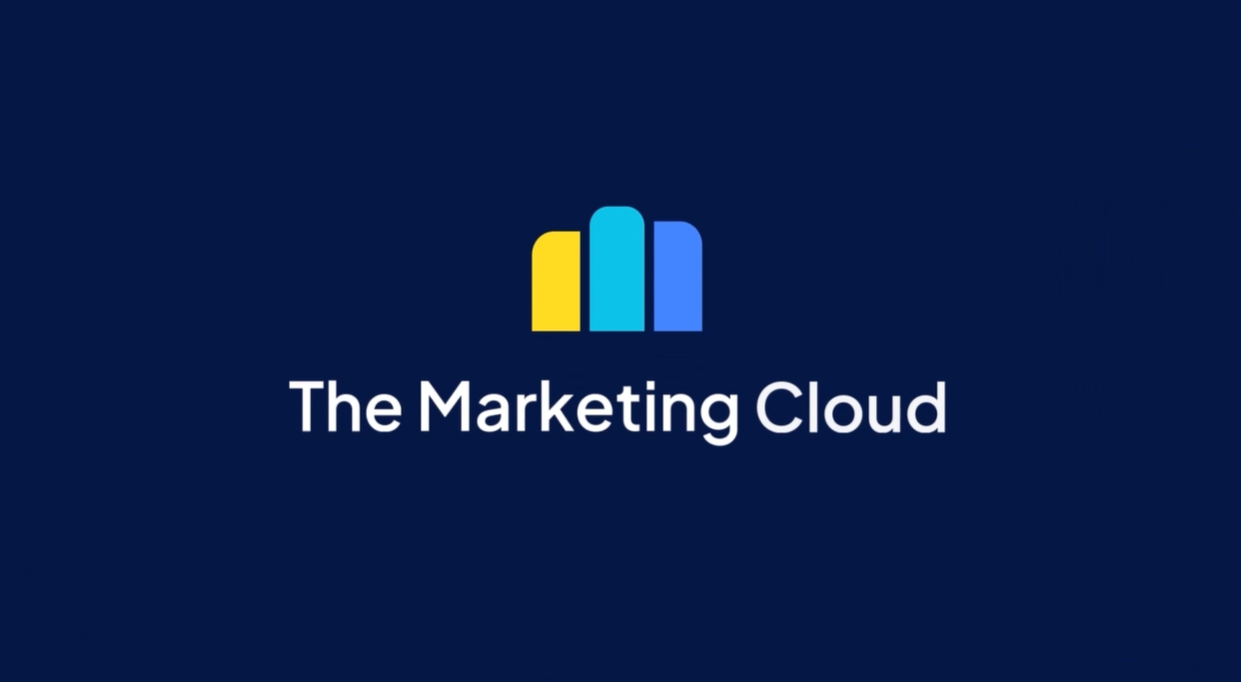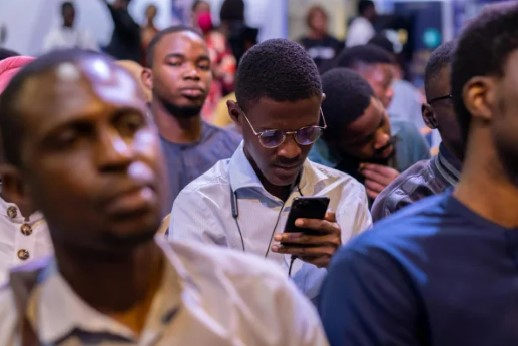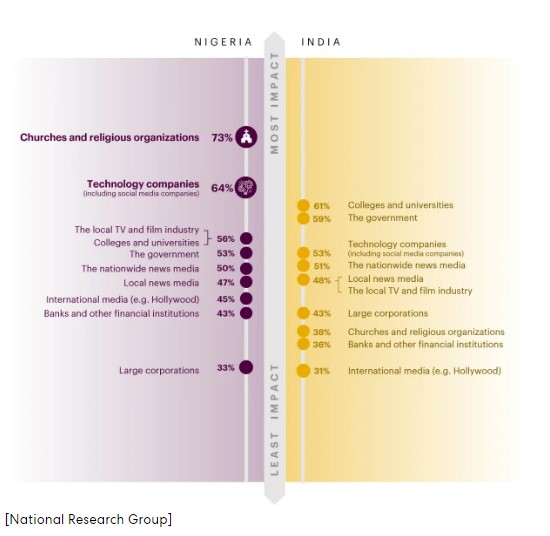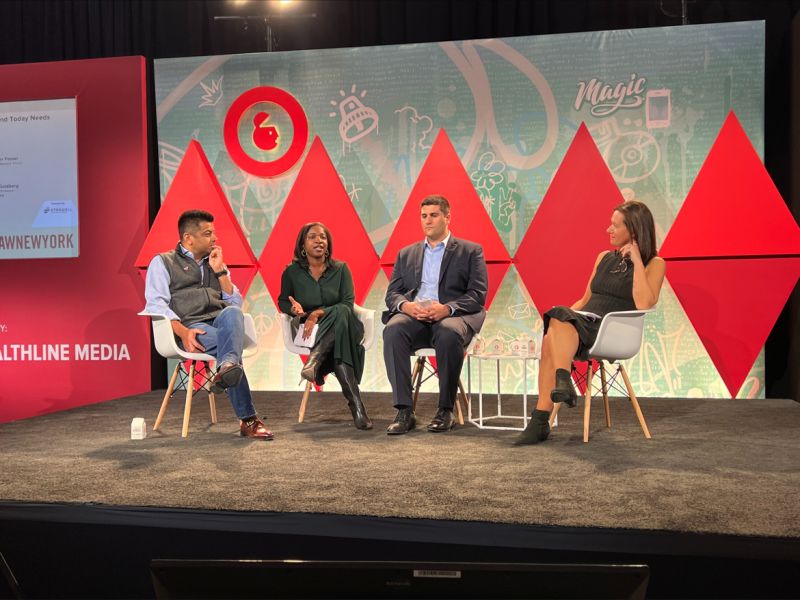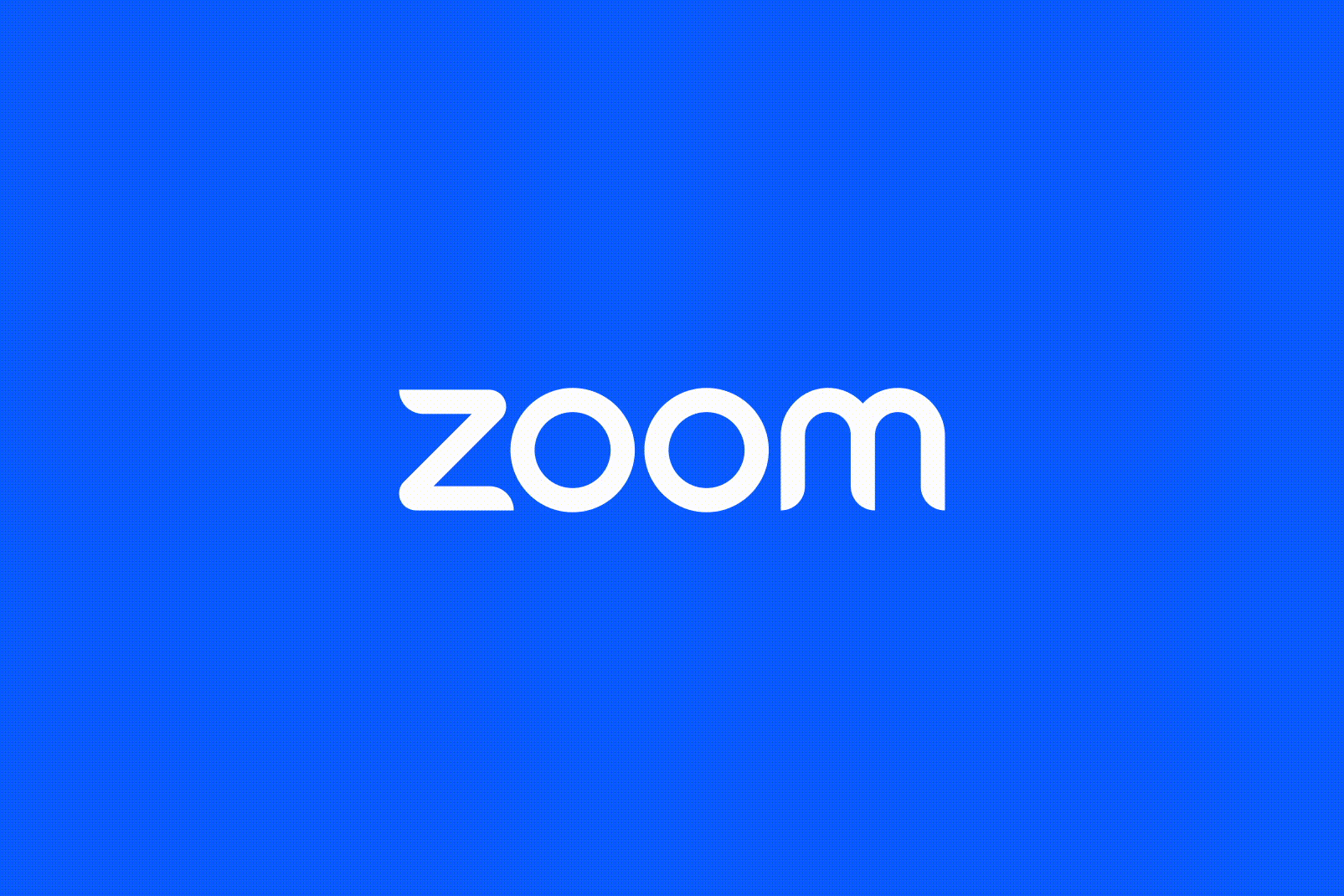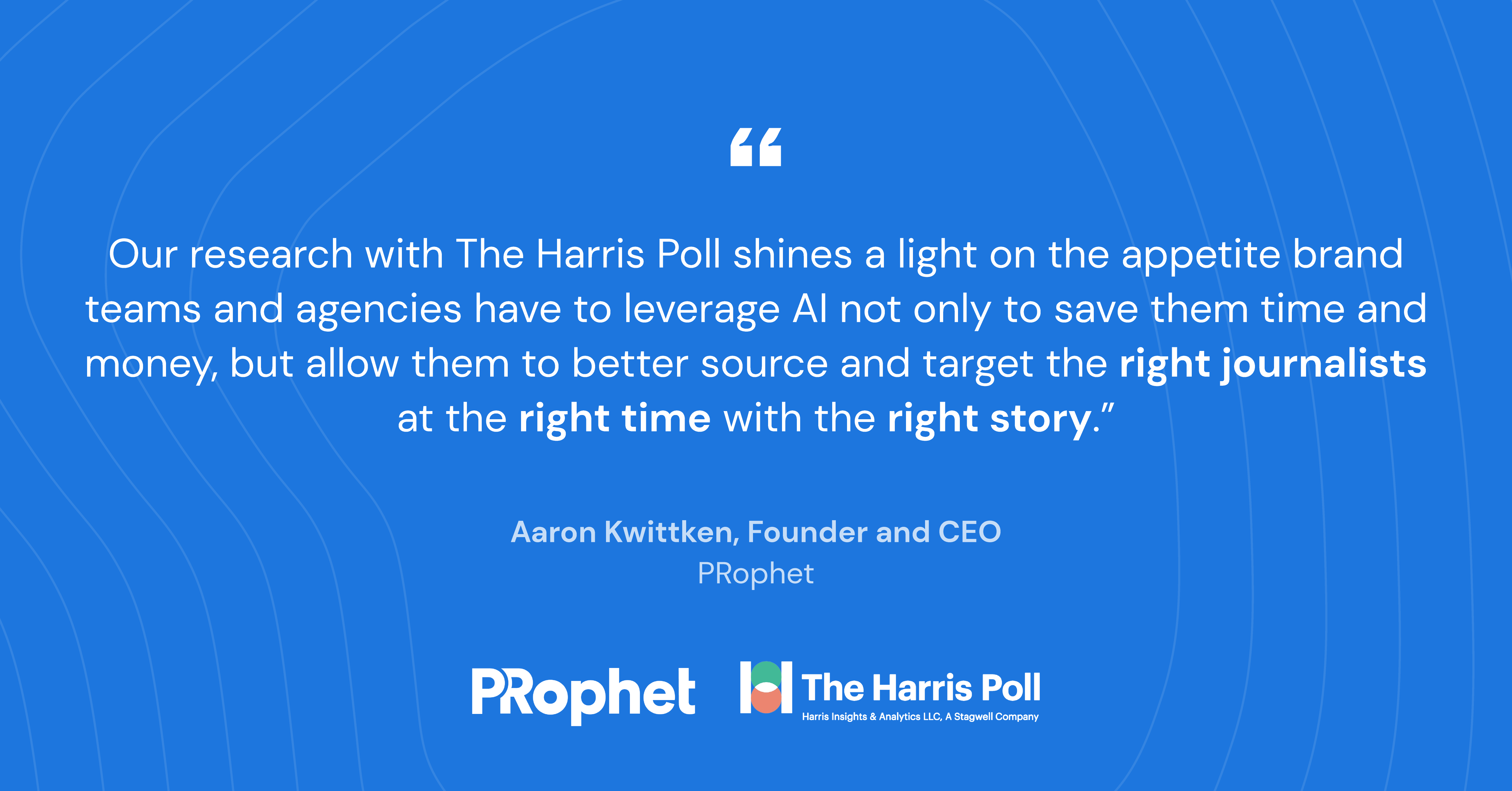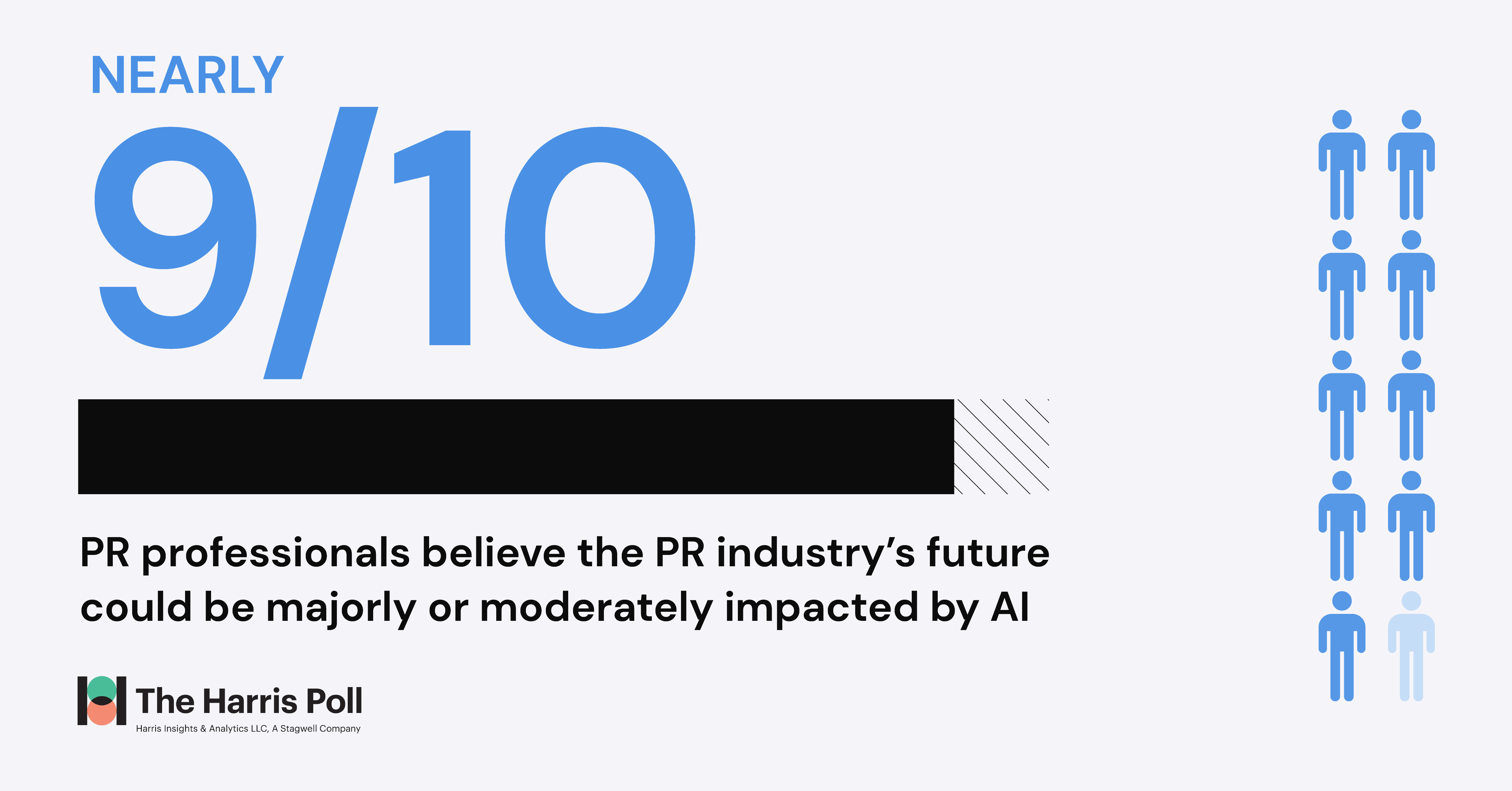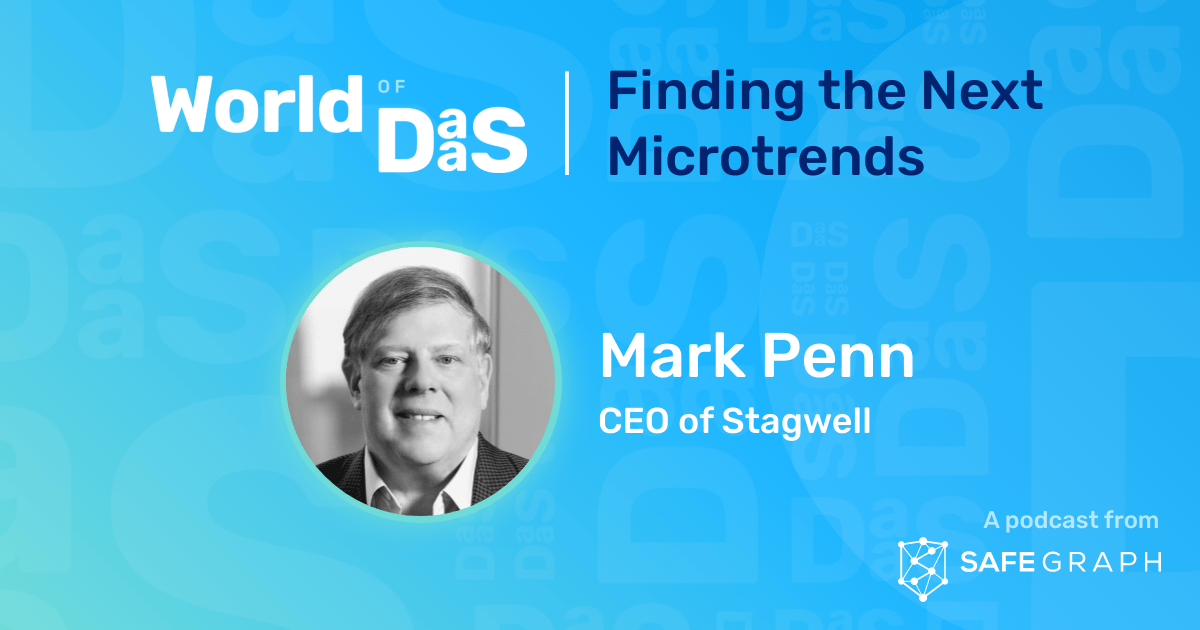Key insights from the PRophet/Harris Poll research include:
- 92% of PR professionals say they believe AI is worth exploring.
- 89% of PR pros say personal relationships with journalists are more important than ever, yet 53% declared they feel like they do not have the capacity to maintain these connections.
- 72% say they rely more on their gut than they should have to when pitching content.
- 84% shared that data privacy is a concern when sharing pitch materials with a PR tech platform.
“Countless industries around the world are already reaping the vast benefits AI can provide to improve how they do business, so why not public relations?” said Aaron Kwittken, founder and CEO of PRophet. “Our research with The Harris Poll shines a light on the large appetite brand teams and agencies alike have to leverage AI in ways that not only save them time and money, but allow them to better source and target the right journalists at the right time with the right story.”
The survey also asked respondents to share what they rely on to help improve their pitches. The majority reported relying on experience (75%), established relationships with journalists (66%), or research conducted by a fellow team member (63%). Fifty-four percent said they rely on a PR tech platform to support their pitches, and nearly half (47%) feel they have no true strategy at all when writing pitches.
“Today’s research from PRophet and The Harris Poll shows that earned media professionals are open and ready for AI to play a critical role in the future of their work. They recognize that technology can be complementary to their skills and gives them space to focus on what matters,” said Erica Parker, managing director of the Media Communications Research Practice at The Harris Poll.
Learn more about the findings of this report and access the entire executive summary by clicking here.
Agency and brand representatives interested in taking advantage of AI and learning how PRophet can dramatically improve performance of their media relations efforts, can reach out to sales@prprophet.ai to learn about monthly and annual subscription options and to request a demo. For more information on PRophet, visit www.prprophet.ai.
Survey Method
This survey was conducted online primarily in the United States by The Harris Poll on behalf of PRophet from June 17 to July 11, 2022, among 127 public relations professionals. Respondents were recruited from research panels, an open web survey link posted on PR-related social media, and a list of PR professionals provided by PRophet. Raw data were not weighted and are therefore only representative of the individuals who completed the survey.
The sampling precision of Harris online polls is measured by using a Bayesian credible interval. For this study, the sample data is accurate to within ±8.6 percentage points using a 95% confidence level. For complete survey methodology, please contact awise@kwtglobal.com.
About PRophet
PRophet is the first-ever A.I.-driven data-as-a-service (DaaS) platform designed by and for the PR community that analyzes past stories to better predict future media interest and sentiment using natural language processing and machine learning. PRophet is a flagship product within the Stagwell Marketing Cloud, a proprietary suite of SaaS and DaaS tools built for the in-house marketer, spanning campaign ideation to activation and analysis. PRophet was founded by PR and marketing industry thought leader and entrepreneur Aaron Kwittken in 2020 with backing from political strategist, technologist and author Mark Penn, Founder, Chairman and CEO of Stagwell. To learn more, visit prprophet.ai.
About The Harris Poll
The Harris Poll is one of the longest-running surveys in the U.S., tracking public opinion, motivations, and social sentiment since 1963. The Media Communications Research Practice supports the full scope of clients’ data-driven communications strategy, including paid, earned, social and owned media. Whether the goal is to own and tell their own story through thought leadership research, to measure what the public thinks or knows through public opinion polling, or to influence the policy and legislative agenda by taking a public affairs lens, our consultants guide the research and analysis process, from discovering a unique space a client can own through supporting the full range of outreach activities.
About Stagwell
Stagwell is the challenger network built to transform marketing. We deliver scaled creative performance for the world’s most ambitious brands, connecting culture-moving creativity with leading-edge technology to harmonize the art and science of marketing. Led by entrepreneurs, our 13,000+ specialists in 34+ countries are unified under a single purpose: to drive effectiveness and improve business results for their clients. Join us at www.stagwellglobal.com.
###



